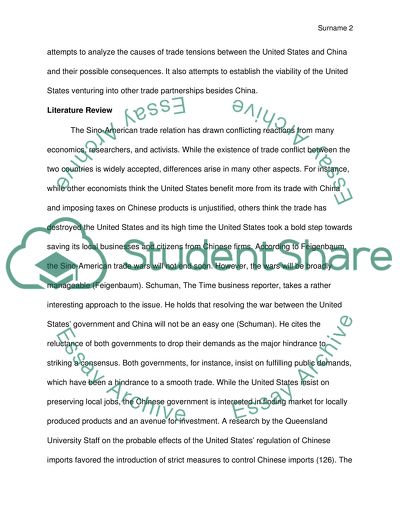Cite this document
(“United States trade conflict with China Term Paper”, n.d.)
Retrieved from https://studentshare.org/politics/1398258-united-states-trade-conflict-with-china
Retrieved from https://studentshare.org/politics/1398258-united-states-trade-conflict-with-china
(United States Trade Conflict With China Term Paper)
https://studentshare.org/politics/1398258-united-states-trade-conflict-with-china.
https://studentshare.org/politics/1398258-united-states-trade-conflict-with-china.
“United States Trade Conflict With China Term Paper”, n.d. https://studentshare.org/politics/1398258-united-states-trade-conflict-with-china.


